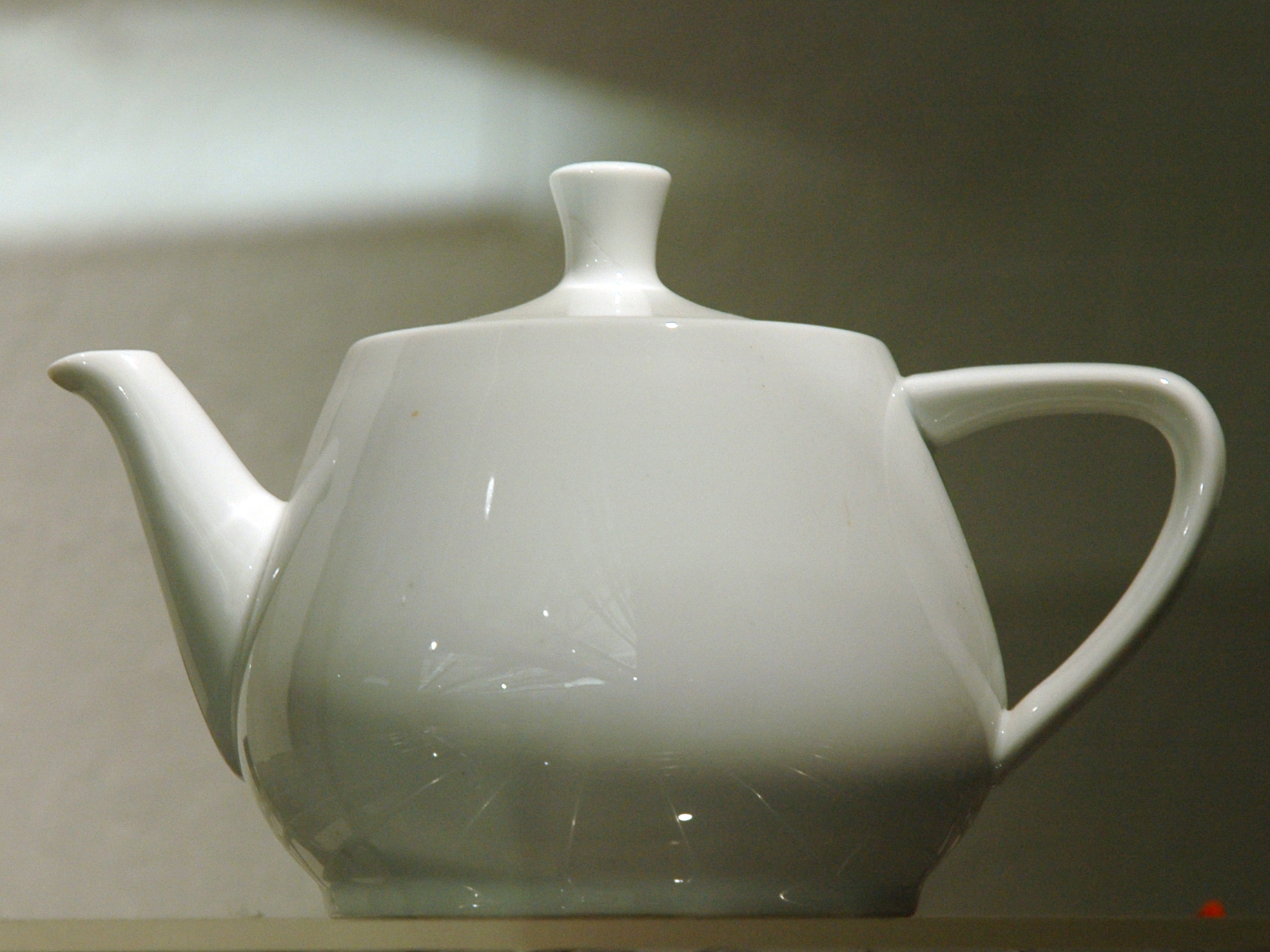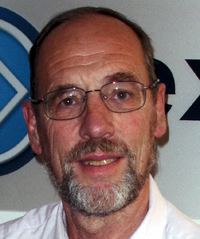
Title
Date
Description
Multiple Available
There are multiple entries on this date. You can modify the date range below to see them all.
Gouraud shading
Established Date: Jan. 1, 1971
- All
- research
- academic
- researcher
- pioneer
- software
- rendering
-
Gouraud (Ph.D., University of Utah, 1971) to add a smooth alternative to flat shading. Although it does not affect the polygonal profile of the object, it does approximate a single continuous surface for rendering purposes.
-
I was working, under supervision of Ivan Sutherland, on the problem of display and manipulation of 3D patches. Using Ivan's Matrix Multiplier, we were hoping to achieve such display in real time. This avenue was severely limited by the wire-frame only capability of the MM. At the same time, Gary Watkins was working on a hardware implementation of hidden line removal based on Romney and Warnock work. Gary's solution was scan line based and adapted for TV like display (at …
A story from Henri -
I called my technique "smooth shading" , and the name "Gouraud shading" was coined later (after my return to France) by Bui Tuong Phong in order to distinguish his technique (which addressed the first derivative discontinuity problem - at some cost) from mine.
The name -
 University of Utah
University of Utah -
 Henri Gouraud
Henri Gouraud -
 Blinn shading
Blinn shading -
 Phong shading
Phong shading
A story from Henri
I was working, under supervision of Ivan Sutherland, on the problem of display and manipulation of 3D patches. Using Ivan's Matrix Multiplier, we were hoping to achieve such display in real time. This avenue was severely limited by the wire-frame only capability of the MM. At the same time, Gary Watkins was working on a hardware implementation of hidden line removal based on Romney and Warnock work. Gary's solution was scan line based and adapted for TV like display (at that time, frame buffers did not exist yet!!). I set to explored the possibility of displaying Coons patches using Gary's machine (in fact a Fortran based software simulation of the future machine). At that point, the courses taken with Tom Stockham on image analysis clicked in. Tom had done some research on the retina/brain visual ?system, showing in particular the impact of processing done by the retina which enhances contrast. Applied to polygon based display of Coons patches, this immediately convinced me that rather than augmenting the number of facets representing a patch to achieve some level of smoothness, it was much much more efficient to apply some linear interpolation shading achieving at least value continuity across facet boundaries. I knew quite well that derivative discontinuity at the boundary would produce some level of Mach bands. Based on Gary's Fortran simulation of his future machine, I tested the bi-linear interpolation solution and obtained the results published in IEEE in 1970.
The name
I called my technique "smooth shading" , and the name "Gouraud shading" was coined later (after my return to France) by Bui Tuong Phong in order to distinguish his technique (which addressed the first derivative discontinuity problem - at some cost) from mine.
Gouraud (Ph.D., University of Utah, 1971) to add a smooth alternative to flat shading. Although it does not affect the polygonal profile of the object, it does approximate a single continuous surface for rendering purposes.
